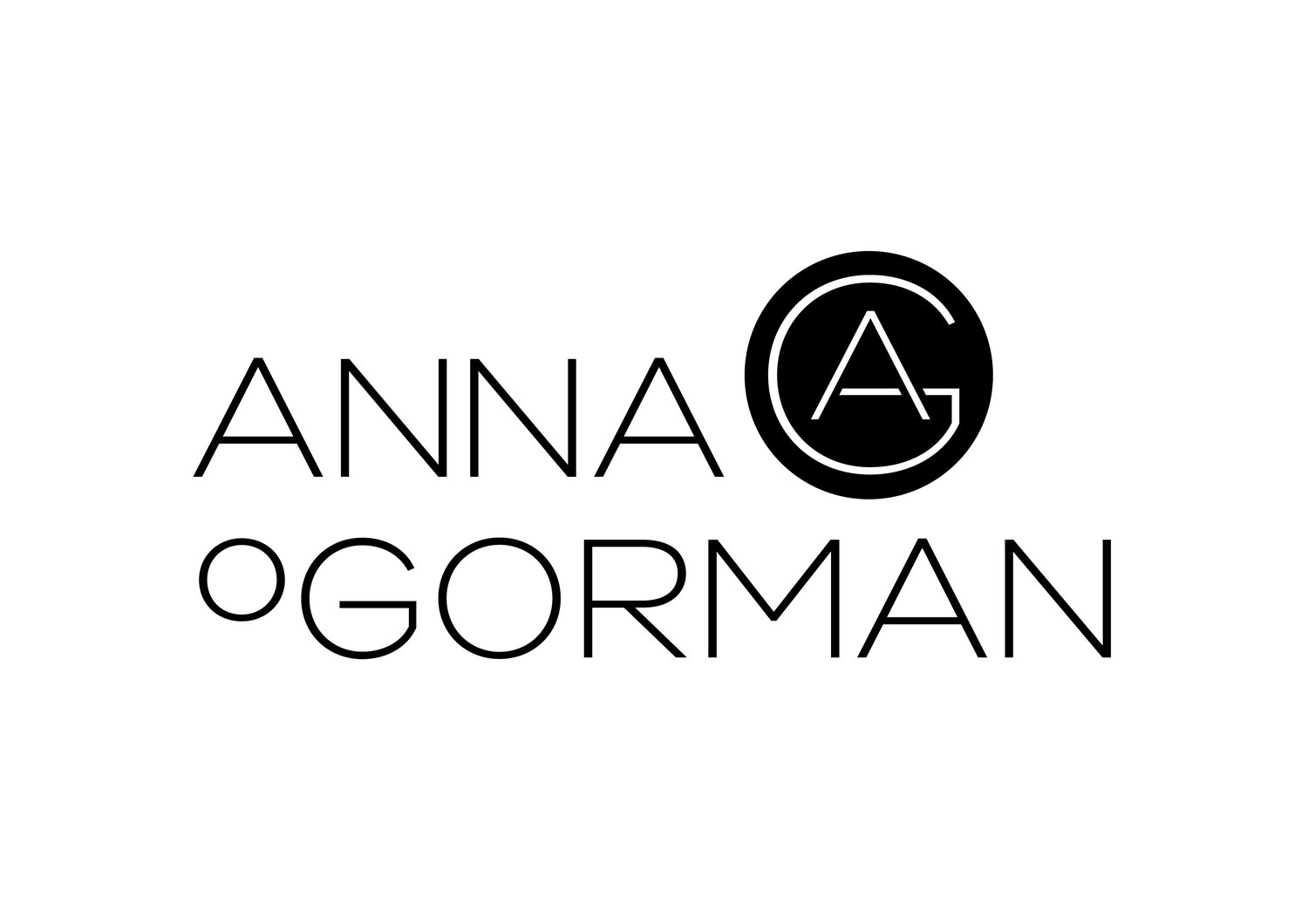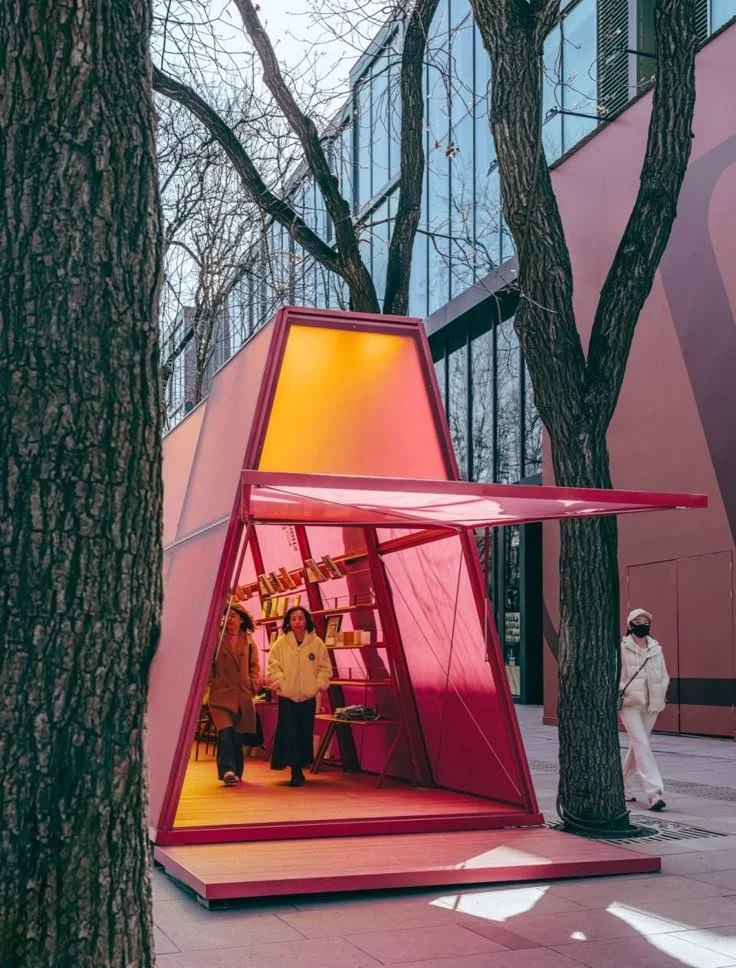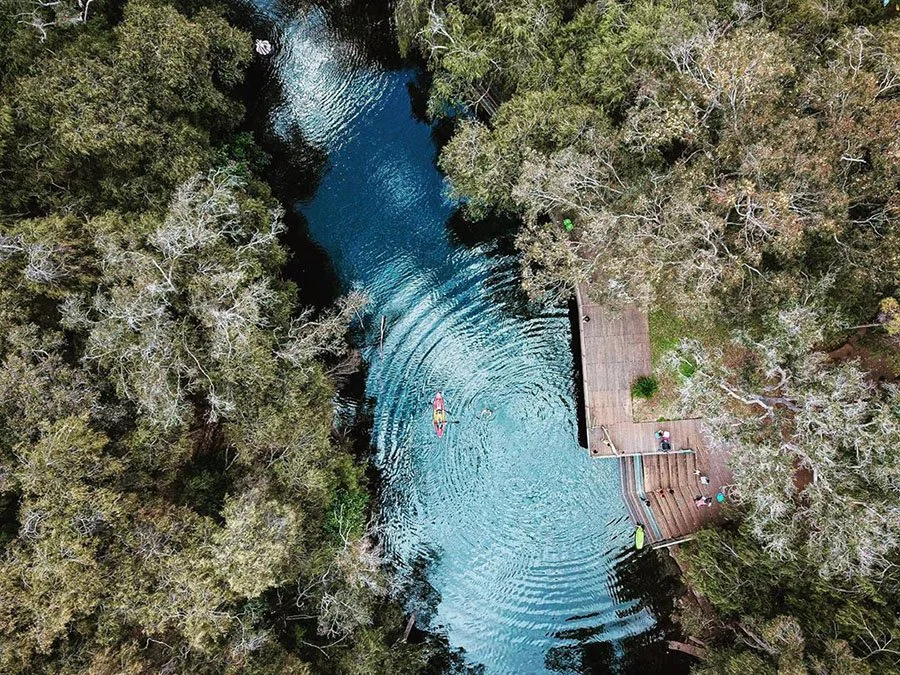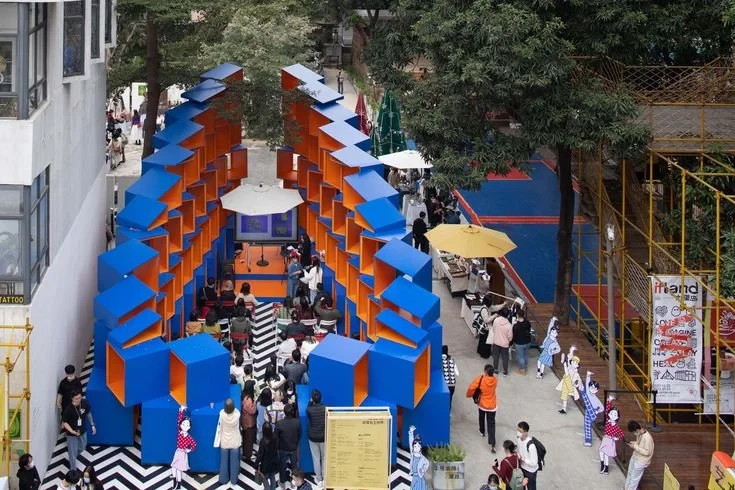Small acts, big legacy: rethinking the olympic opportunity
Hosting the Olympics is often framed as a once-in-a-generation opportunity for a city to deliver large-scale infrastructure, iconic buildings, and global branding. Yet, history shows that the most enduring legacies are not always the monumental ones.
The real opportunity for Brisbane lies in using the Games to catalyse smaller, more human-centred interventions that enrich the everyday life of communities across Queensland; before, during, and long after the event.
A micro city-making approach could see the Olympic spirit embedded in neighbourhoods through a network of small-scale architectural and public realm projects. Imagine a “Neighbourhood Olympics” program where each suburb or regional centre designs and builds a pavilion, playground, outdoor sports court, or cultural space, developed in collaboration with local communities, artists, and schools. These could be linked to the Games through storytelling, public art, and local events, but designed with a life well beyond 2032 in mind. Spaces for gathering, play, and connection.
The Table by Stiff & Trevillion (National Theatre, London)
Day and Night Park by CATS (Beijing, China)
The unexpected design opportunity here is distributed legacy - shifting focus from one centralised Olympic Park to hundreds of micro interventions. This would strengthen local identity, foster civic pride, and create a rich mosaic of public spaces that reflect Queensland’s diversity of culture, climate, and landscape. It could also engage regional areas, making the Games truly statewide in impact.
Ensuring Brisbane is remembered fondly after the Games means resisting the temptation to overbuild and instead prioritising adaptive, flexible, and community-driven projects. The challenge is to design for the future city we want - climate resilient, socially inclusive, and culturally grounded - rather than one shaped solely by the two-week event.
Architects and designers can contribute far beyond competing for major venue commissions. They can work with councils, community groups, and regional towns to prototype small interventions, test temporary structures that might become permanent, and develop toolkits for low-cost, high-impact public space improvements. They can help tell a cohesive story of design excellence and place-specific identity that extends into streetscapes, wayfinding, shade structures, and active transport networks.
If we broaden the definition of the Olympic legacy to include 101 small acts of city-making, Brisbane could become a model for how a global event can elevate not just a city’s skyline, but the everyday spaces where life happens.
Honeymoon Pool, WA
RPAC Piazza by AOG Architects
Patch-City Pavilion by ROOI Design (China)






